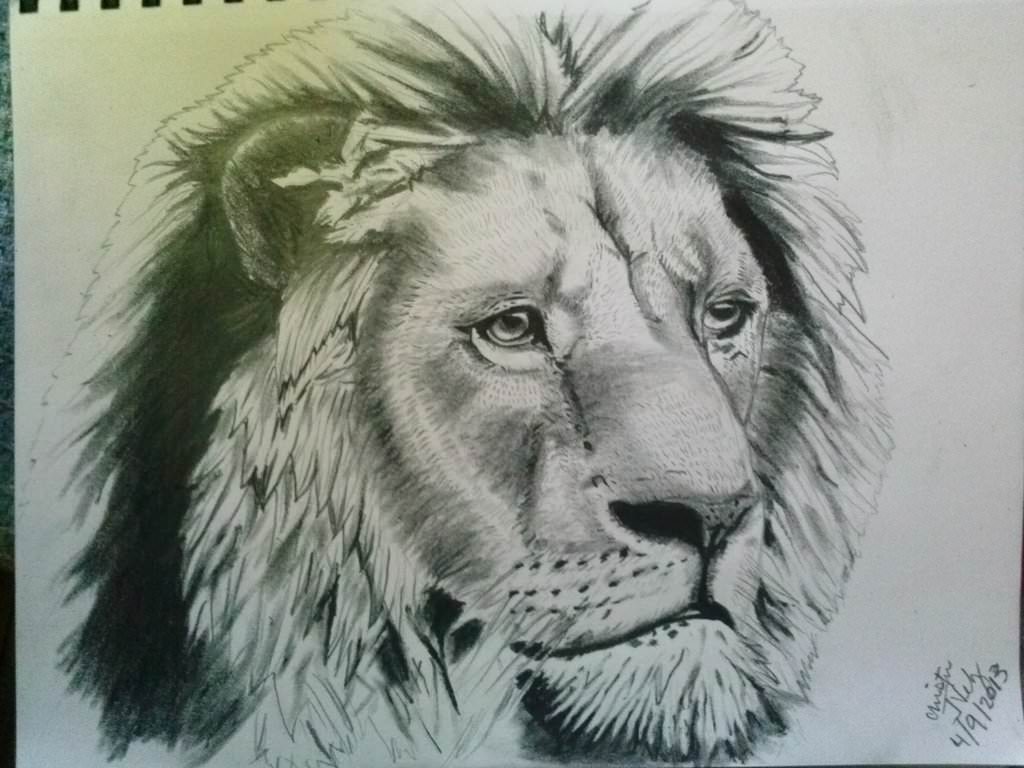Drawing technical drawing
Table of Contents
Table of Contents
Are you interested in technical drawing but don’t know where to start? Learning how to create technical drawings can be a daunting task, especially if you are not familiar with the concepts and terminology. However, with a little bit of patience and practice, anyone can create accurate and professional technical drawings that communicate their ideas effectively. In this article, we will explore technical drawing how to in en_us language, including the basics, common pitfalls, tips and tricks, and personal experiences.
What are the Pain Points of Technical Drawing?
Creating technical drawings can be challenging, even for experienced professionals. Common issues include not knowing where to start or how to sketch, choosing the correct scale and measurement tools, understanding technical jargon and symbols, and maintaining accuracy and precision throughout the drawing. Beginners may also struggle with the use of software and translating their ideas into a two-dimensional format.
How to Create a Technical Drawing
The first step in creating a technical drawing is to understand the purpose and scope of the drawing. What is the drawing intended to convey, and who is the intended audience? Once you have a clear understanding of these aspects, you can begin to sketch out your ideas using pencils or software applications. Remember to choose the correct scale and measurement tools, and to refer to standards and conventions when necessary.
Summary of Technical Drawing How To
In summary, technical drawing how to involves understanding the purpose of the drawing, choosing the correct tools and scale, and maintaining accuracy and precision throughout the drawing. It also involves referring to standards and conventions and using software applications when necessary.
How to Sketch Like a Pro
Sketching is an essential component of technical drawing, but it can be challenging to get started. Personal experience can help you to become a pro at sketching. Start by practicing basic shapes, such as circles, squares, triangles, and lines, and work your way up to more complex forms. Use shading and perspective to your advantage to create a more realistic and dimensional drawing. Don’t be afraid to make mistakes and experiment until you find a style that suits you.
Common Pitfalls to Avoid
When creating technical drawings, it’s essential to avoid common pitfalls, such as inaccuracies, incomplete or missing information, and lack of clarity or consistency. Take the time to double-check your work, and review it from different perspectives or angles to ensure that it communicates your ideas effectively. Be mindful of technical jargon and symbols, and don’t assume that everyone understands them.
How to use Symbols Correctly
Technical drawings often include symbols that represent different elements or aspects of the drawing, such as dimensions, materials, or annotations. It’s essential to use symbols correctly and consistently throughout the drawing to maintain clarity and accuracy. Refer to standards and conventions when necessary and take the time to familiarize yourself with common symbols and their meanings.
How to Maintain Accuracy and Precision
Accuracy and precision are essential components of technical drawing. To maintain accuracy, use the correct scale, measurement tools, and standards. To maintain precision, use software applications, graphic tablets, or other digital tools that offer more precision than hand-drawn sketches. Remember to check your work regularly and to be meticulous in your attention to detail.
Personal Experience with Technical Drawing
As a beginner, technical drawing can be intimidating and overwhelming. However, with practice and patience, I was able to develop my skills and create accurate and professional technical drawings. One tip that helped me was to immerse myself in the terminology and concepts by reading textbooks, watching online tutorials, and working on real-world projects. I also found that joining online forums and groups was helpful in connecting with other enthusiasts and gaining feedback on my work.
Question and Answer Section
Question 1: How can I improve my technical drawing skills?
Answer: Improving your technical drawing skills involves practicing regularly, seeking feedback, familiarizing yourself with standards and conventions, and staying up to date with software and tools.
Question 2: What are some common symbols used in technical drawing?
Answer: Common symbols used in technical drawing include dimensions, tolerances, materials, annotations, and geometric shapes.
Question 3: How can I choose the correct scale for my drawing?
Answer: Choosing the correct scale involves understanding the purpose and scope of the drawing, considering the size and level of detail of the object or concept, and referring to standards and conventions.
Question 4: How can I maintain accuracy and precision in my drawings?
Answer: Maintaining accuracy and precision involves using the correct tools and measurement standards, reviewing your work regularly, and using software or digital tools for more precision.
Conclusion of Technical Drawing How To
In conclusion, technical drawing how to requires patience, practice, and attention to detail. It involves understanding the purpose and scope of the drawing, choosing the correct tools and scale, and maintaining accuracy and precision throughout the drawing. By following these tips and techniques, anyone can create accurate and professional technical drawings that communicate their ideas effectively.
Gallery
How To Prepare A Perfect Technical Drawing - Xometry Europe
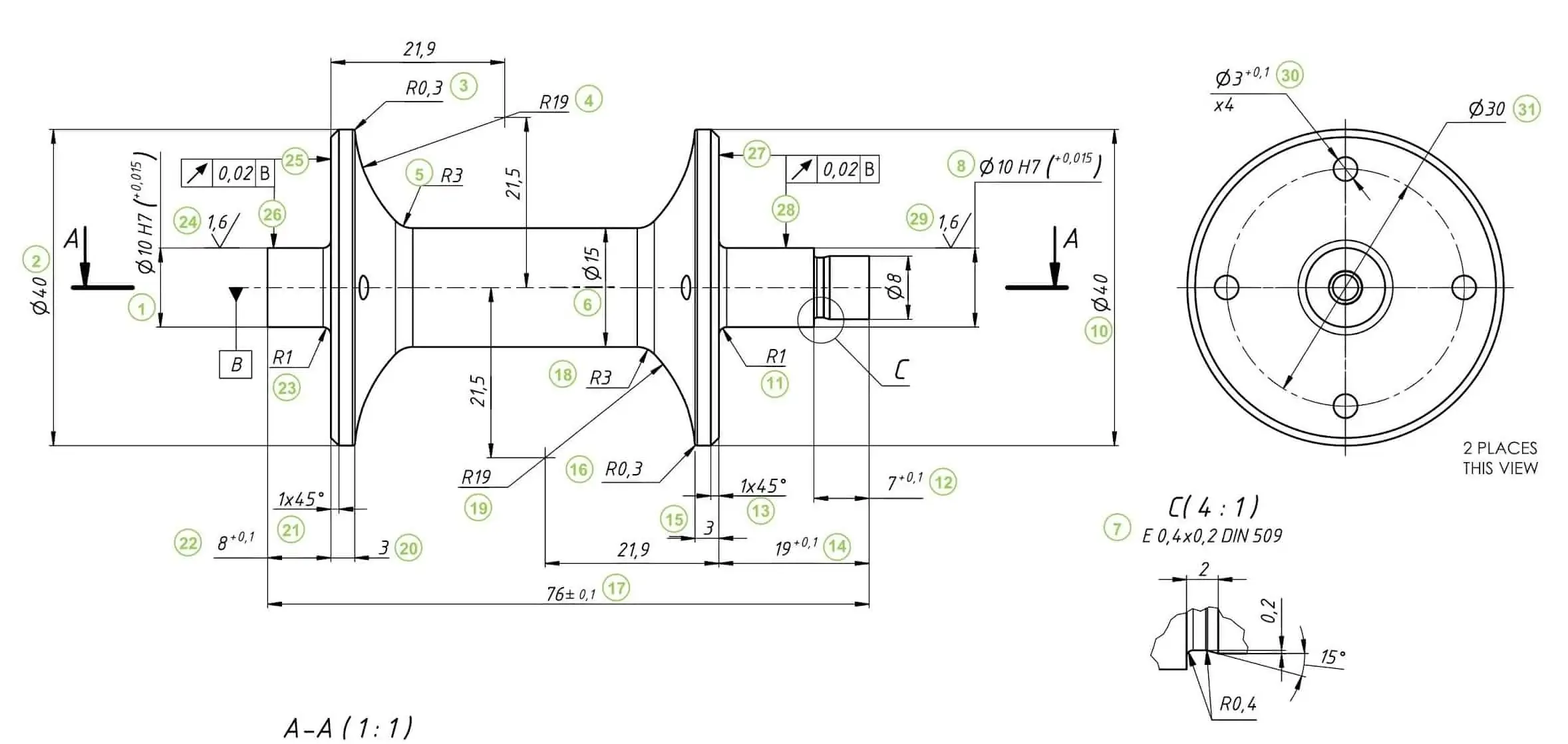
Photo Credit by: bing.com / xometry
The Importance Of Technical Drawings - Idea Buyer - We Turn Ideas Into
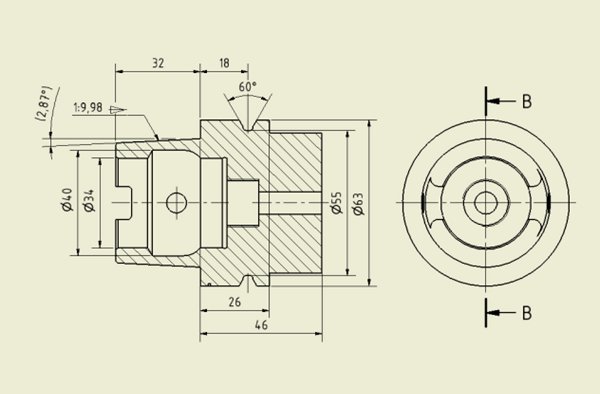
Photo Credit by: bing.com / technical drawings drawing importance tech dimensions terms angle unambiguously represent proportions engineered such these
Engineering Drawing – GD&T Basics
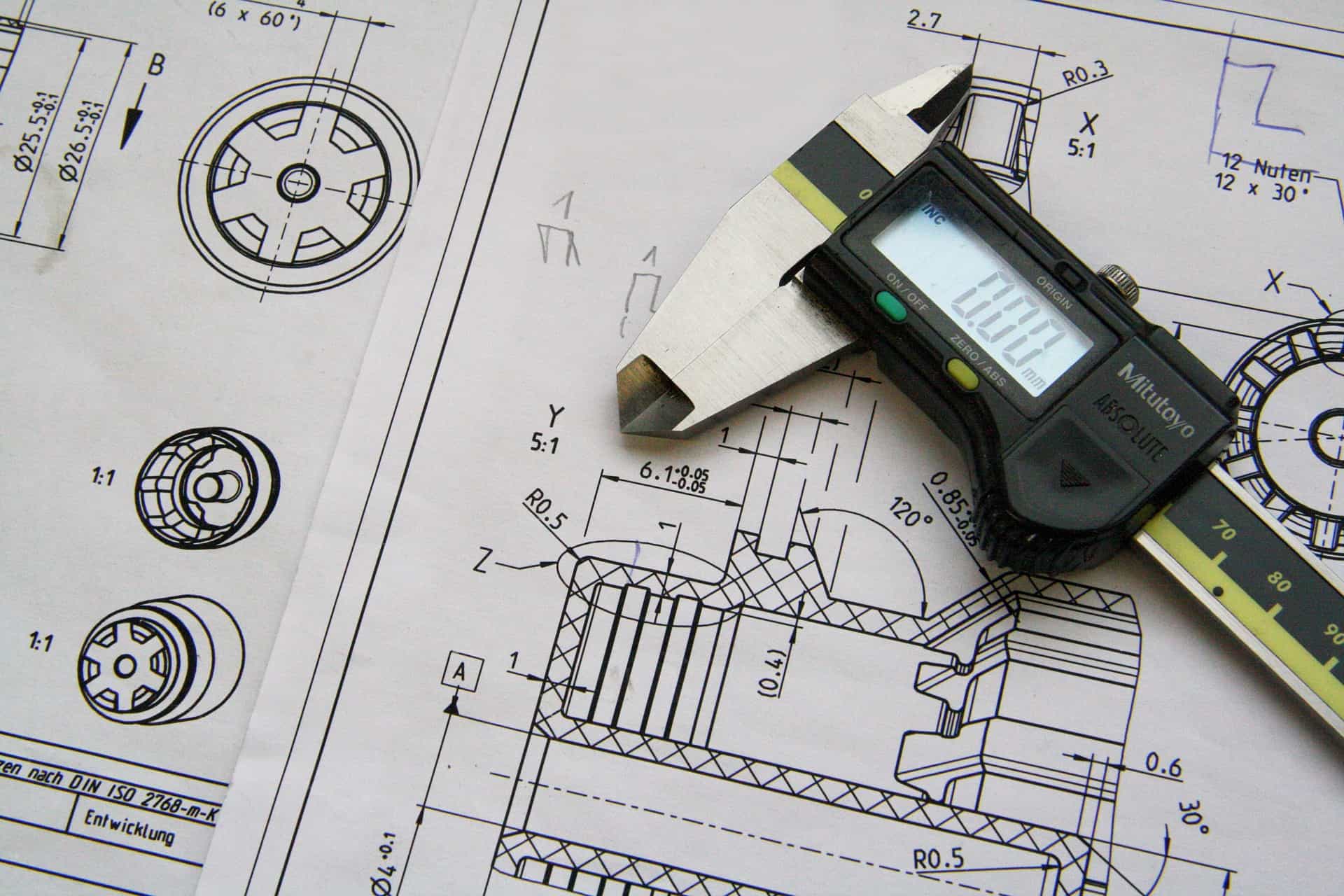
Photo Credit by: bing.com / gd
Drawing : Technical Drawing
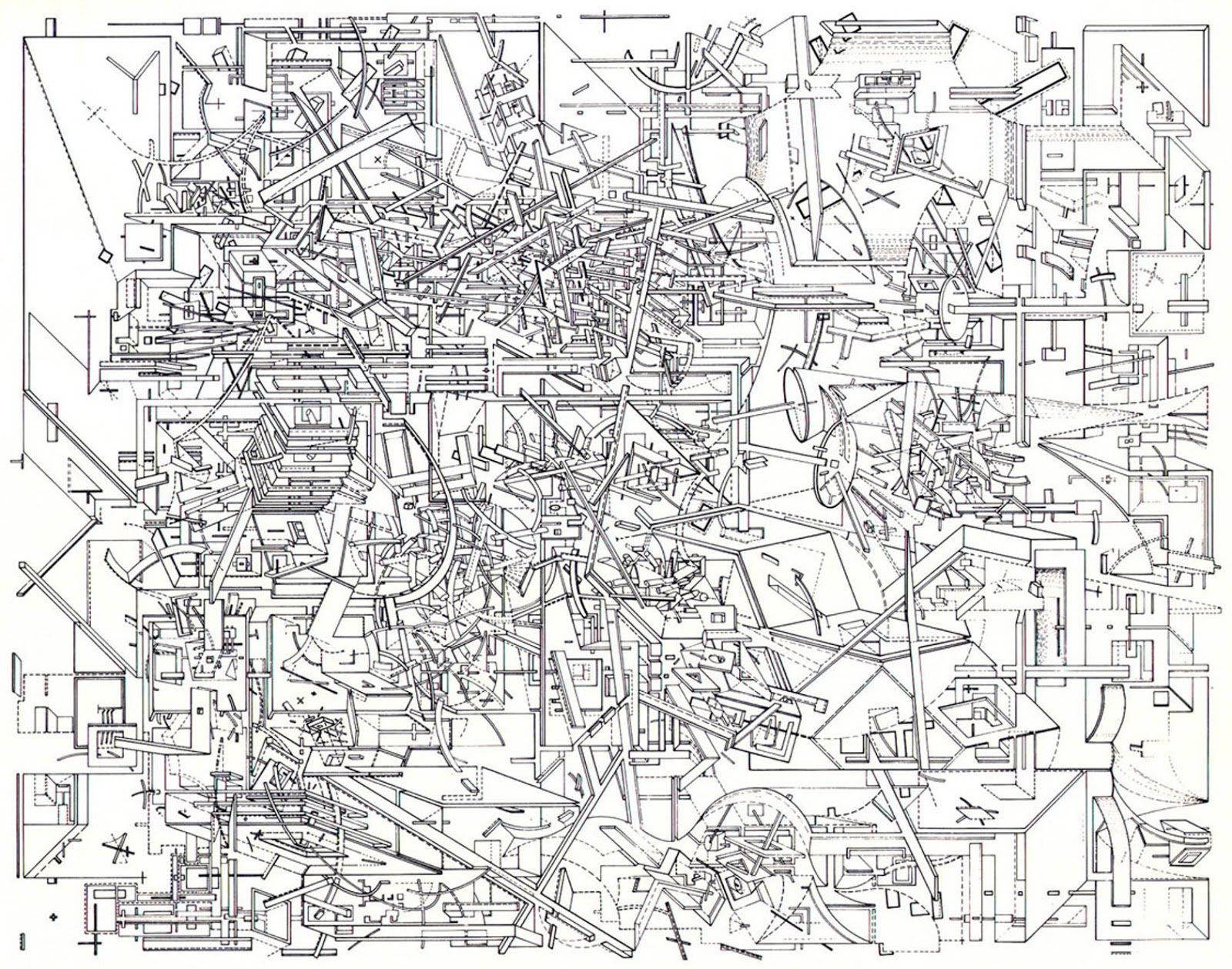
Photo Credit by: bing.com / drawing line technical drawings libeskind woods architectural lebbeus daniel architecture lebbeuswoods 2008 wordpress lines micromegas 2010 greatest map micromega 1981
2D-Technical-Drawings - The Engineering Design Technology
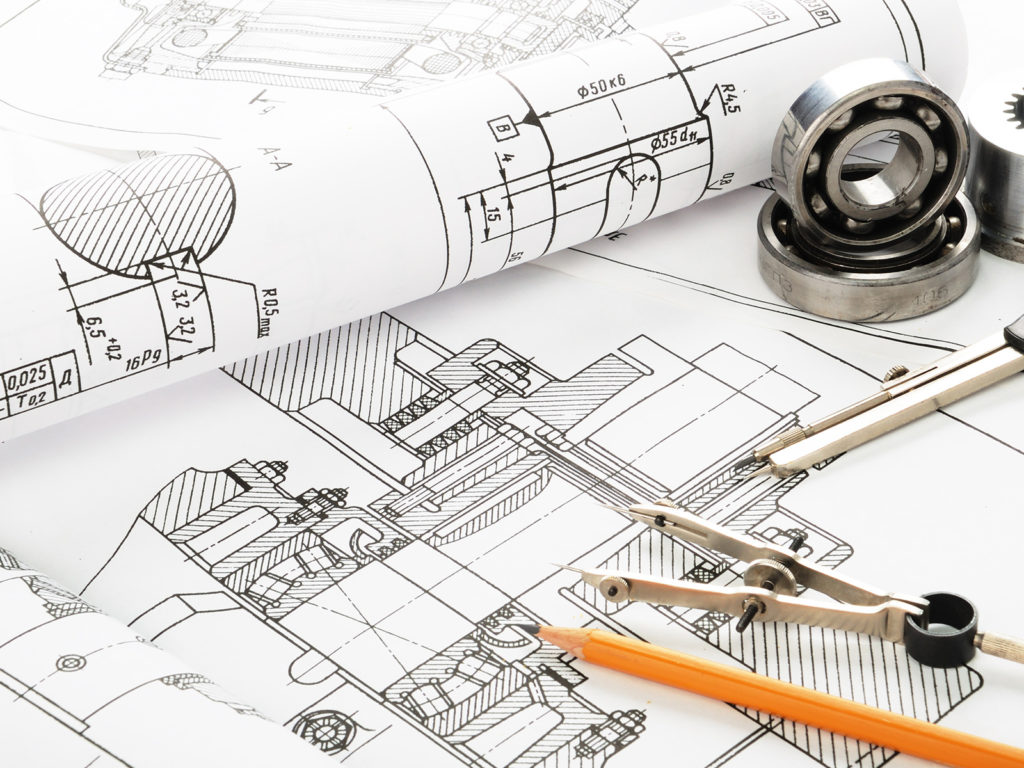
Photo Credit by: bing.com / 2d technical drawings drawing engineering dubai technology courses animation





